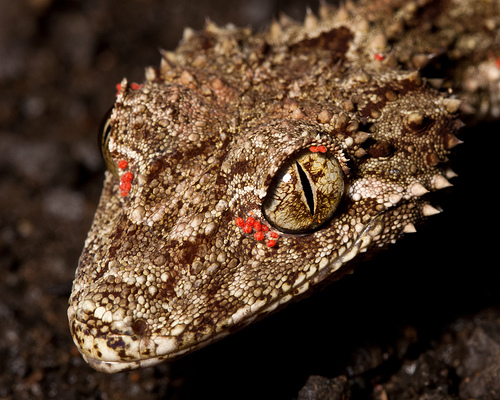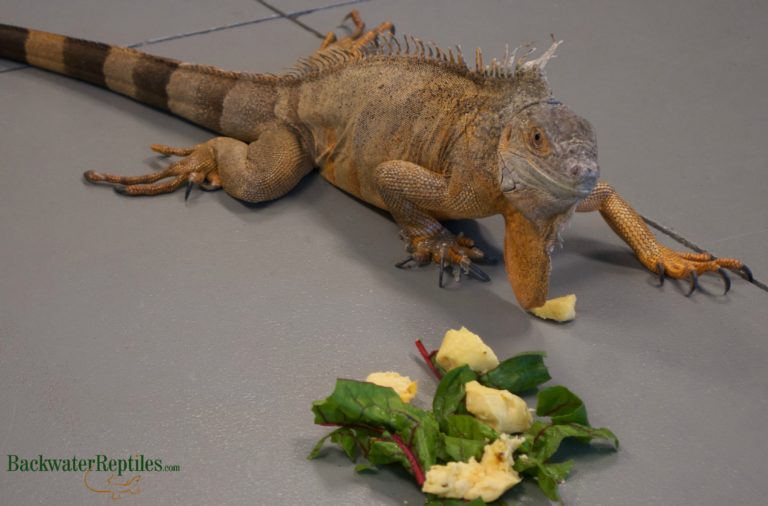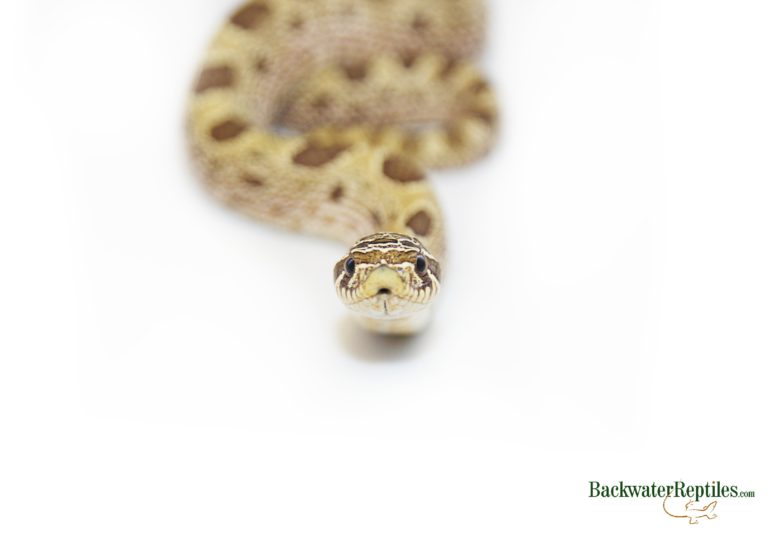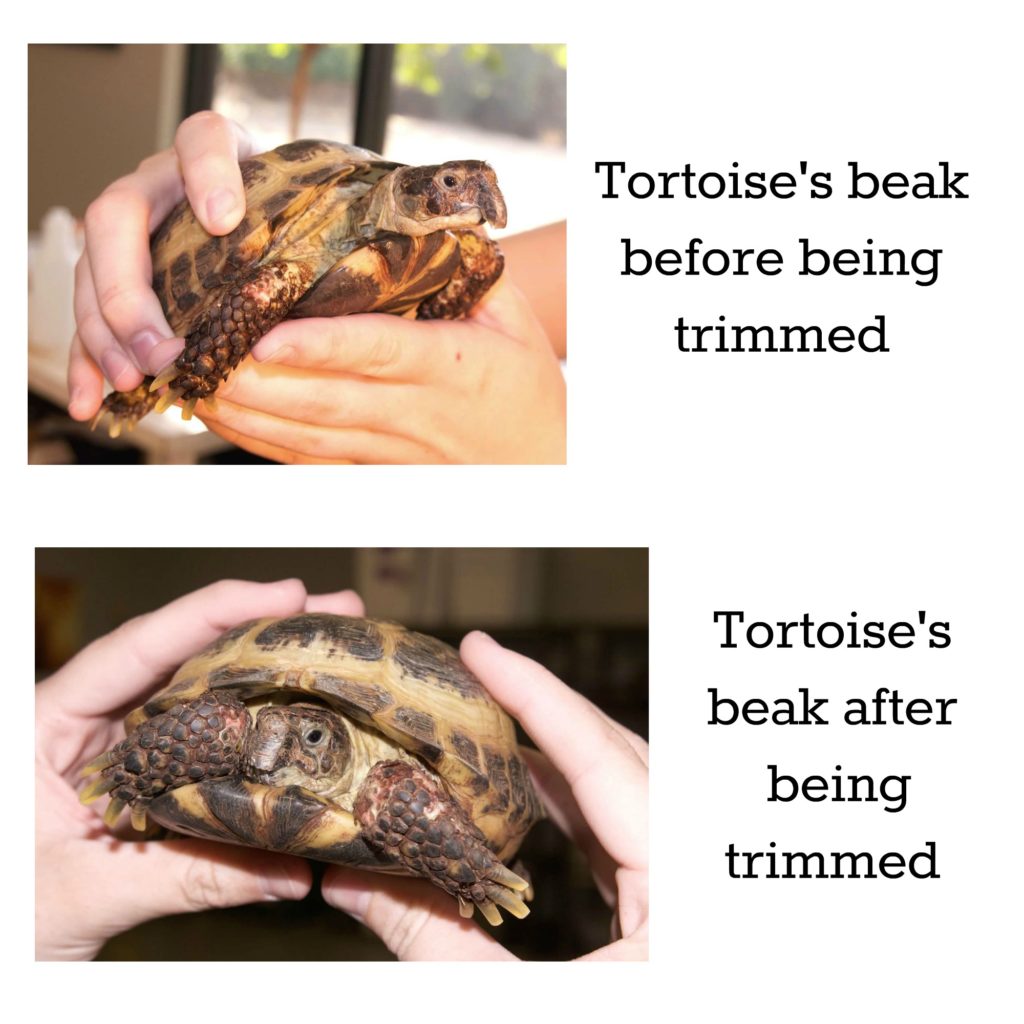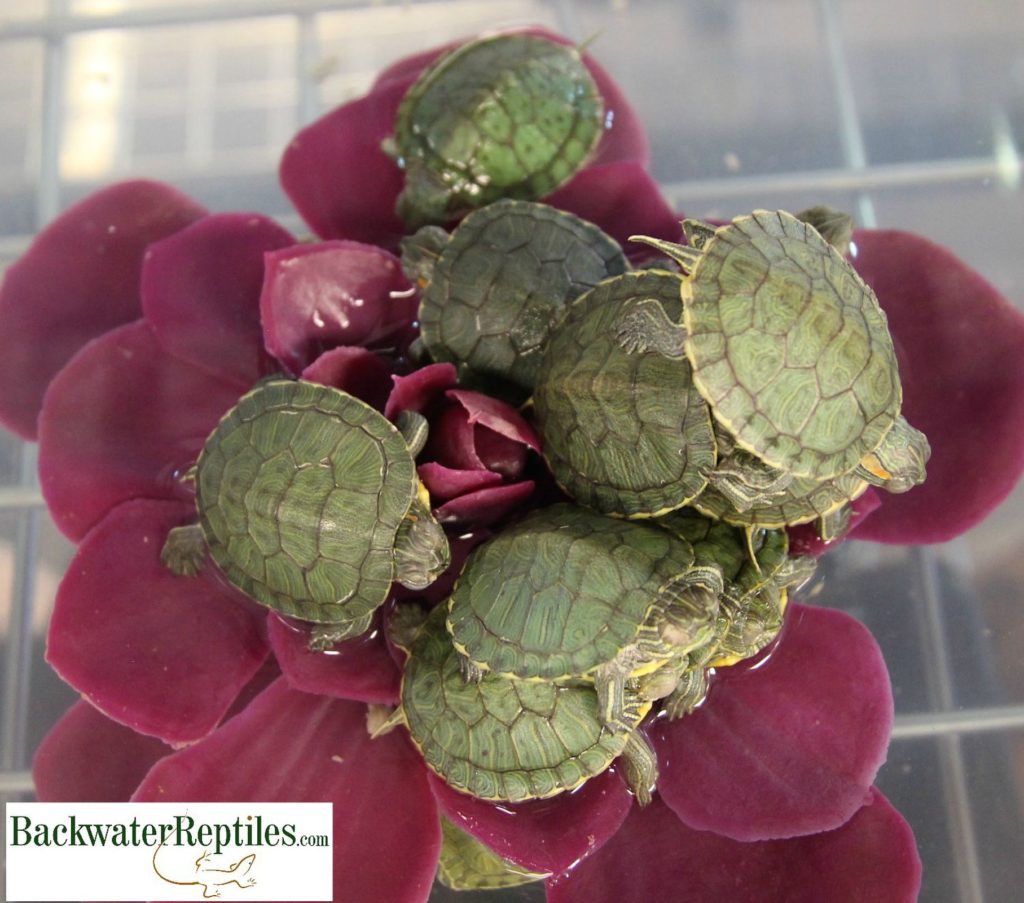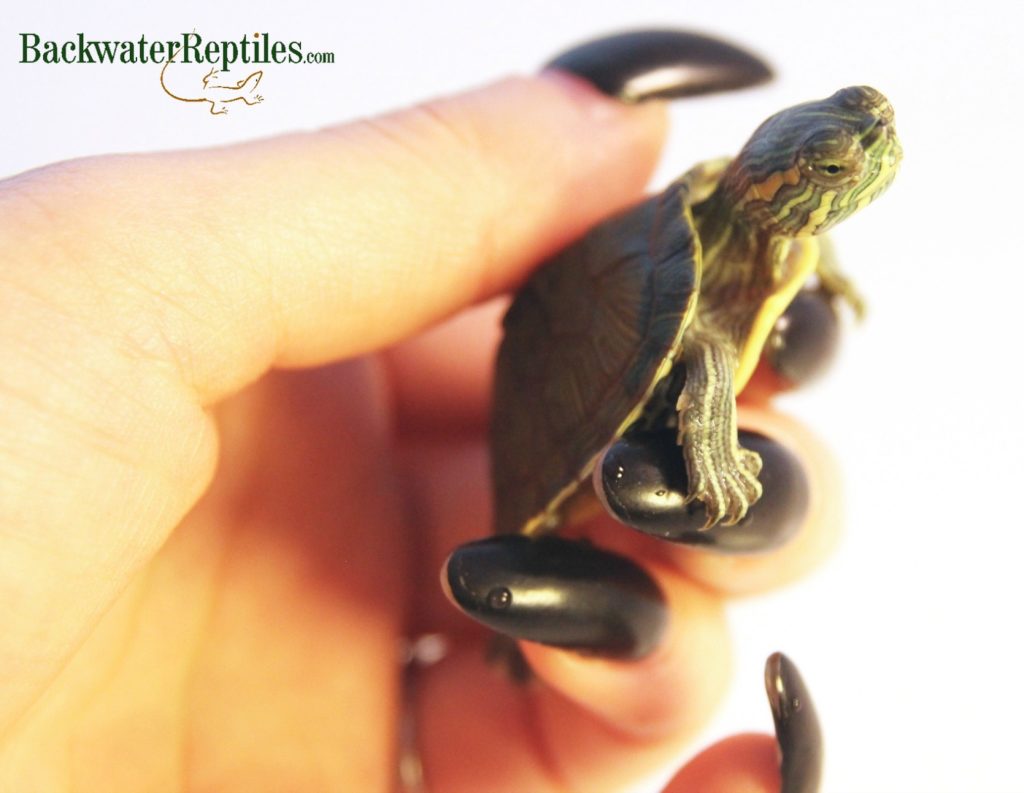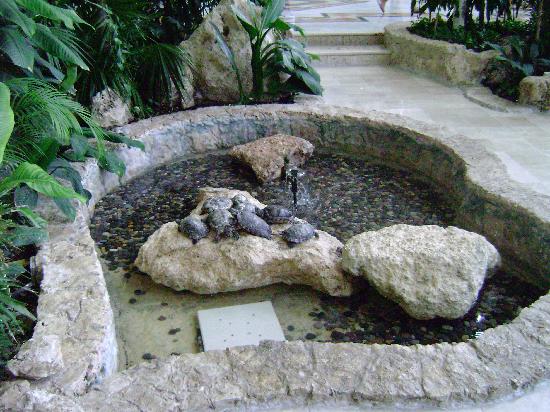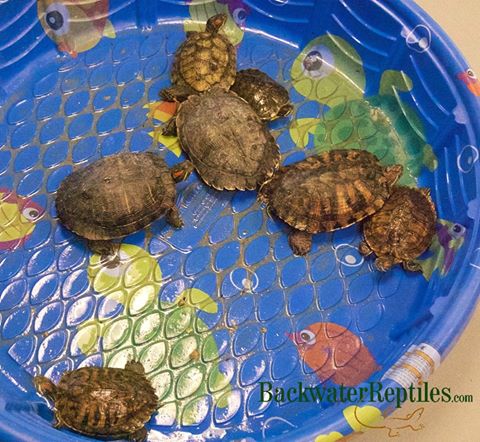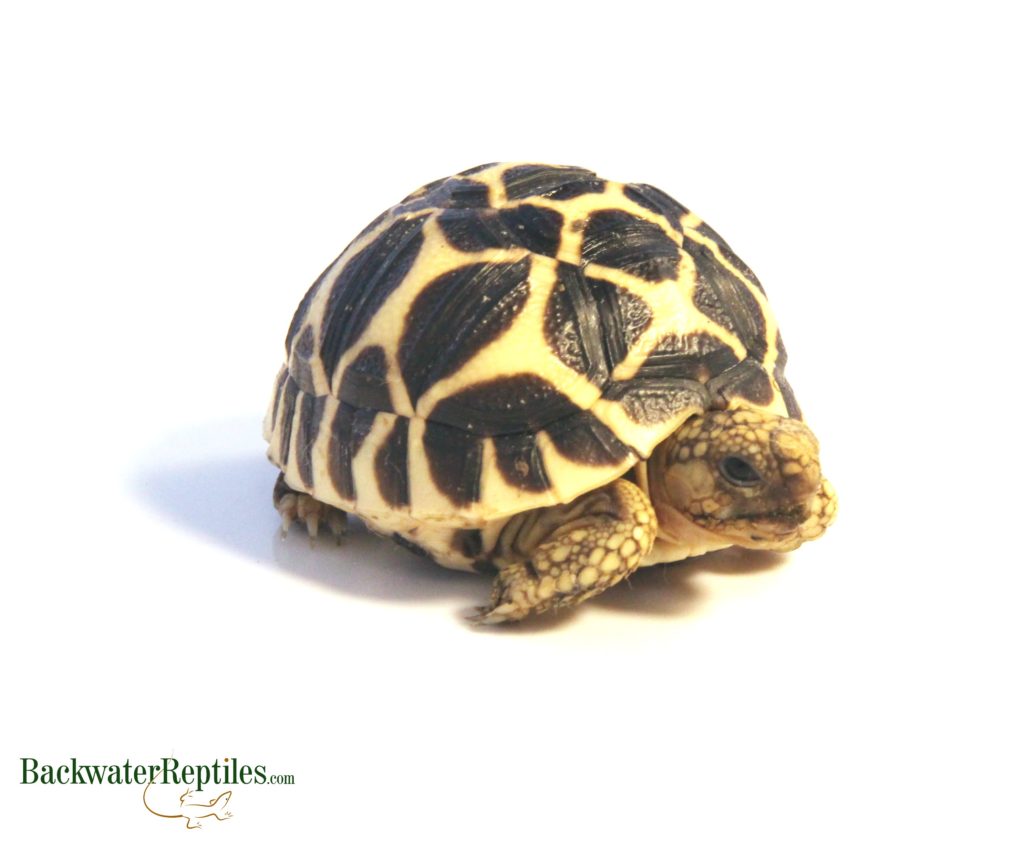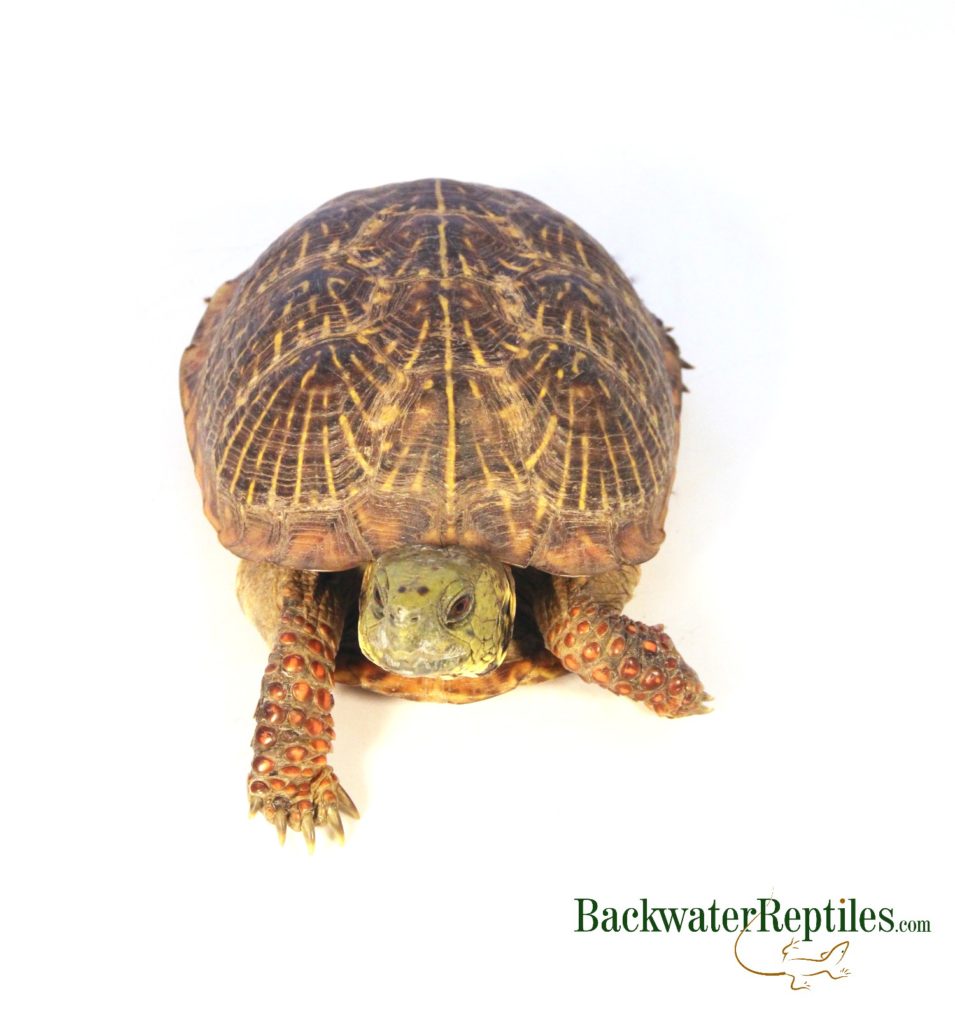If you’re wondering what the best omnivorous pet reptiles are, we’ve got answers for you.
In our opinion, the best omnivorous pet reptiles are Blue Tongue Skinks, Green Iguanas, Box Turtles, and Bearded Dragons. In addition to veggies and fruit such as leafy greens, carrots, squash, berries, and bananas, these reptiles commonly consume protein items as well. Typically they eat diets that are a mixture of insects or other meat coupled with plant matter.
Most types of reptiles are primarily either carnivores or vegetarians. But, there are a few species that are omnivores that eat both plants and protein (i.e. meat). Some people prefer one over the other, however we think omnivores are the most versatile. You can go to the store and buy them insect dinners or you can pull your leftover salad greens and other veggies out of the fridge to feed them. In our opinion, this variety and choice of meals makes them ideal pets.
In this article, we’ll discuss the top reptiles that are commonly kept as pets that thrive on omnivorous diets.
Our Top Picks for Best Omnivorous Pet Reptiles
Blue Tongue Skink
We adore Blue Tongue Skinks at Backwater Reptiles. Their long, think bodies and tiny little arms get to us every time! And they are extremely popular pets to boot. It seems that as quickly as we receive them, they are on their way out the door to their new forever homes.
They are very interactive as well, which is likely a big reason people love them so much. While some can be a bit “hissy,” most are very even-tempered, especially if you get them as a baby.
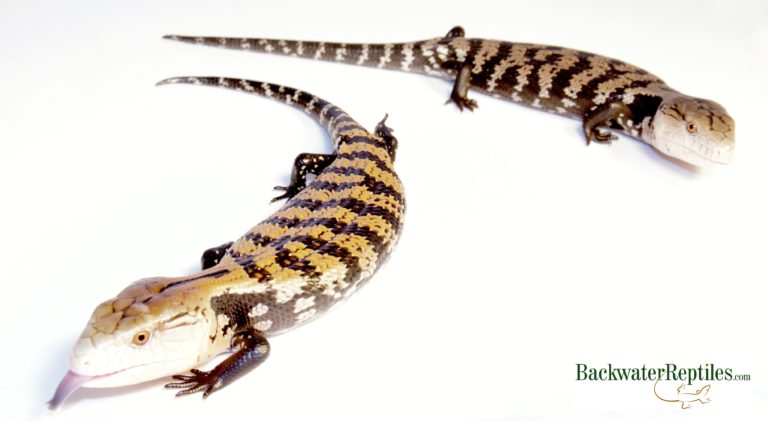
There is a bit of debate as to how much protein should be included in a Blue Tongue Skink’s diet. Some owners feel that up to fifty percent should be meat-based products, while others feed their skink primarily a vegetarian diet and supplement with protein once per week or so.
At Backwater Reptiles, we are of the mindset that variety is the most important element in a Blue Tongue’s diet. We feed mostly vegetation and fruit and supplement with vitamins and proteins as needed.
Good sources of protein for Blue Tongue Skinks include: canned super premium cat or dog food, canned insects, mealworms and super worms, hard boiled eggs, cooked lean turkey or beef, and occasionally a thawed pinky mouse. When it comes to giving your lizard anything that comes in a can, we highly recommend reading the label to be sure that there are not any odd seasonings or preservatives that could potentially be harmful to your pet.
When it comes to vegetables, Blue Tongue Skinks are pretty laid back and will typically eat whatever you give them. Good choices include: leafy greens such as collard, kale, and mustard greens, squash, carrots, dandelions, brussel sprouts and peas.
Because fruit is so high in water and natural sugars, it should be fed sparingly. We recommend no more than fifteen percent of your skink’s diet consist of fruit. Good types of fruit to offer your skink as a treat include: mango, raspberries, strawberries, papaya, cantaloupe, and blueberries.
There are a few menu items that we advise steering clear of. Make sure that if you use canned pet food of any kind that there is no added sodium. No citrus fruits (orange, grapefruit, lemon, lime, etc) and avocados are also big no-nos. Iceberg lettuce is also not recommended as it holds little to no nutritional value.
A final word of advice when it comes to Blue Tongue Skink diet – make sure it’s varied so that your skink gets as many different vitamins and minerals as possible. Babies will require more protein to grow than their adult counterparts, so you should also be feeding babies a higher percentage of protein.
Green Iguana
The great thing about Green Iguanas is that they are extremely flexible when it comes to diet. They’ll gladly eat everything from commercially prepared iguana chow to fresh veggies purchased at the supermarket. This means their nutritional requirements are very easily met and they’re also fun at mealtime.
One thing we constantly recommend to iguana owners when it comes to diet is variety. The more varied your iguana’s diet is, the more likely he or she is to be adequately supplied with the appropriate nutrients, vitamins, and minerals.
In addition to pre-made iguana food from the pet store, we recommend feeding your iguana mostly vegetables with a small amount of fruit for treats. Protein should be given, but sparingly. In the wild, iguanas are opportunists and will eat animals that are smaller than them that fit in their mouth, however the majority of their diet is still plant-based. So while most pet iggies will gladly eat things such as cooked chicken, canned pet food, and even thawed rodents, we don’t recommend making protein the majority of their calories as it can cause kidney issues and eventually, renal failure.

Vegetables that are good for iguanas to eat include: collard greens, turnip and dandelion greens, squash, green beans, and kale. There are many other options that are equally nutritious as well. A word of advice – steer clear of iceberg lettuce! Not only is mostly water, it contains very little value nutritionally and will likely leave your iguana feeling hungry and malnourished.
Too much fruit in a Green Iguana’s diet can cause diarrhea, so only about ten percent of what goes into your iguana’s tummy should be fruit. Fruit should be viewed as a treat.
While most fruit is acceptable to feed your iguana, ones that are commonly chosen include: strawberries, blueberries, mango, banana, and small pieces of apple. It’s best to avoid citrus fruits.
Now that you have an idea of the iguana’s diet, we do want to mention that as common as Green Iguanas are as pets, we advise that any potential owner do research and prepare to care for the animal for its entire lifespan of 15 to 20 years. Keep in mind that baby iguanas are a very manageable size, but they grow fast! Mature iggies can be four to five feet long and will therefore need a very large enclosure to thrive. Please make sure that you are willing and able to accommodate the animal’s needs as an adult prior to purchasing it as a baby.
Box Turtles
Box Turtle babies and adults have different dietary needs. Babies will need a lot more protein in order to grow up strong and healthy, whereas adults require only about forty percent meat in their diet. Keep in mind that this ratio varies between Box Turtle species and is not a hard and fast rule. It’s more of a guideline that can be altered based on the specific needs of your particular turtle.
Baby Box Turtles eat protein in the form of insects such as small crickets, roaches, and various worms. The protein in the diet of an adult Box Turtle is much the same, although the size of the insects will be larger. They sometimes also eat canned dog or cat food provided that it has no added sodium or preservatives. We recommend inspecting the label carefully prior to offering any kind of commercial pet food not specifically designed for turtles.
Appropriate veggies for Box Turtles include dark leafy greens, carrots, squash, green beans, and cactus pads. Fruit such as berries and other soft, manageable fruit is also a nice treat, but make sure to give it in moderation to avoid inadvertently giving your turtle loose stool. Again, avoid iceberg lettuce since it’s not nutritious.
There are also many types of pre-made, commercial turtle foods and pellets on the market. These are typically easily purchased from any pet store and can be used in addition to a varied, fresh diet of both protein and veggies.
Although Box Turtles are relatively low maintenance and make great pets for children and families, we do want to make sure that potential owners are aware that they need full-spectrum UV lighting, which means UVB light is necessary. We also recommend regular vitamin dusting of their food to allow for proper utilization of the vitamins and to make sure that their shells, nails, and limbs are able to stay healthy.
Bearded Dragons
Bearded Dragons are hands down one of the most popular pet reptiles out there. While we believe this is mainly because they have such stellar personalities and are pretty simple to care for, it’s likely also due to the fact that they have an omnivorous diet.
Like all the other omnivorous reptiles on this list, Beardies commonly consume insects such as crickets, Dubia roaches, and meal worms on a regular basis. They are most definitely not known to be picky eaters and if it squirms, they’ll likely try to eat it!
While Beardies do eat vegetation, we’ve found that it’s more common that they want to fill up on protein and eat veggies secondarily. Sounds like how a lot of children tend to eat!
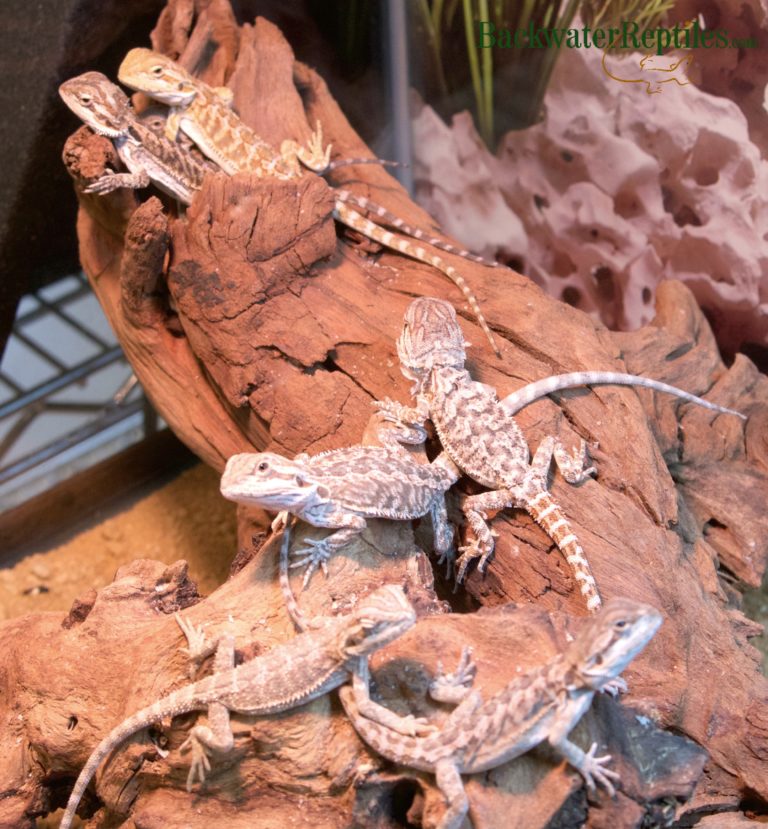
At Backwater Reptiles, we chop up dark leafy greens, squash, grapes, green beans and other nutritionally dense veggies into small pieces and leave them in a dish in the Beardie’s enclosure on a daily basis. Any uneaten veggies are removed that evening or the following morning.
Because Bearded Dragons can get overweight if you allow them, we monitor them closely when we feed them insects. Usually, we toss a few insects into the cage at a time and allow the Beardie to catch and eat them for a period of about fifteen minutes each day. We also dust the insects with vitamins prior to putting them in the cage.
When it comes to Bearded Dragon health, we would like to mention that if you do line your Beardie’s cage with sand as a substrate that you should probably feed them in a different location. This is because scurrying insects that are being snatched up off of sand could easily bring sand along with them into the Bearded Dragon’s digestive system. If your Beardie eats enough sand over any given period of time, it could become impacted and require a trip to the vet.
Conclusion
Diet is a huge factor to take into consideration when choosing a pet reptile. If you choose a carnivore, insects or rodents will need to purchased on a regular basis and if you choose an herbivore, veggies and fruit will need to be readily available in your refrigerator. Omnivores, such as the ones discussed in this article, are great because they allow for feeding versatility.
Ultimately, the choice of whether or not to own an omnivorous reptile is up to you, but we think that these particular omnivores have a lot to offer and would recommend them as pets for herp enthusiasts experienced and new to the hobby.


